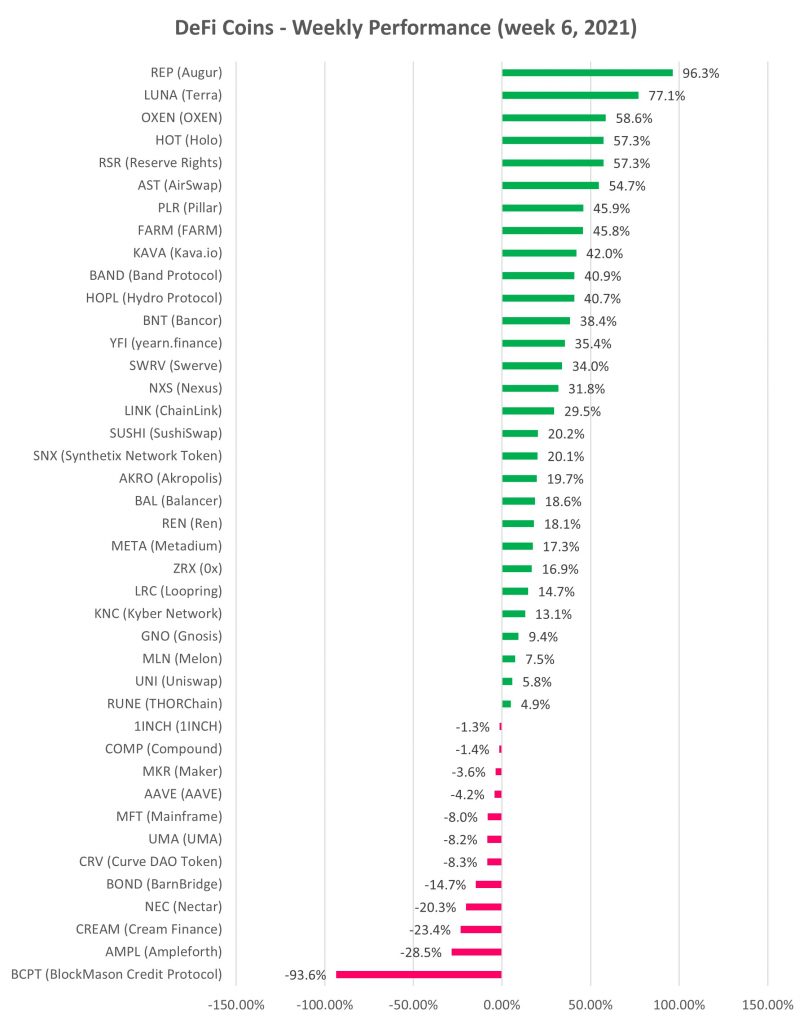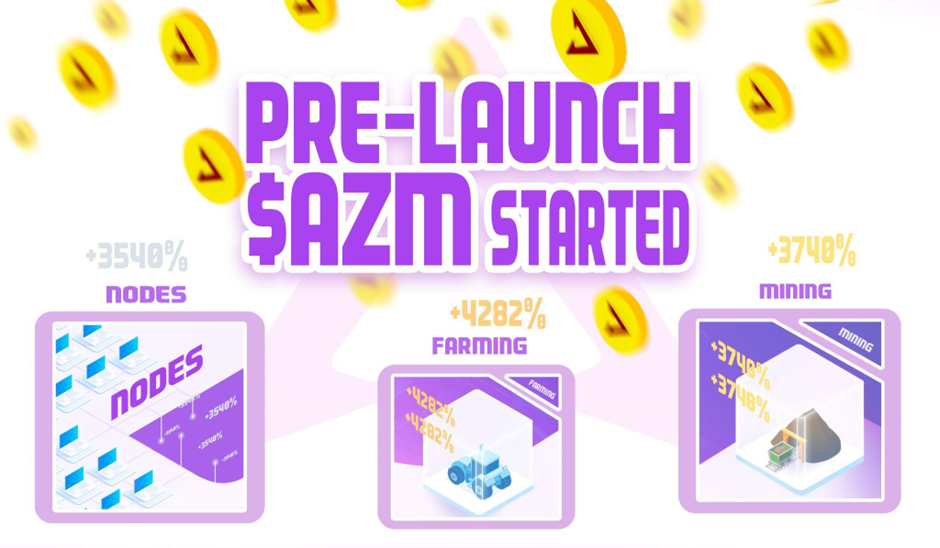

Anyone who wants to borrow deposited assets can draw from Aave pools as long as they provide sufficient collateral. If you want to lend some of your crypto, you can deposit it into a pool. The Aave protocol facilitates the creation of lending pools.

It can also be staked, thus earning rewards for holders. It makes it possible for users to borrow, lend, and earn interest on their crypto - making use of smart contracts instead of intermediaries like banks.ĪAVE is a “governance token” that gives holders a say in the future of the protocol. Each of these "altcoins" (short for “alternative coins”) is tradable via Coinbase and other major exchanges, and they all have unique features, goals, and use cases.Īave is a decentralized lending protocol (part of the broader group of protocols known as DeFi) that allows users to deposit crypto assets to earn APY rewards, and to borrow other crypto assets against that collateral. Here (presented in alphabetical order) is key information about some of the biggest and most important cryptocurrencies that aren't Bitcoin or Ethereum. If you’re ready to figure out the difference between XTZ and XLM, you've come to the right place. In the last few years, tokens that help power decentralized finance (or DeFi) protocols have become increasingly popular - and so a number of the cryptocurrencies on this list come from that world.

Whether you're just starting your crypto journey or you've been trading Bitcoin for years, there’s a good chance you’ve tried to dig into the world beyond Bitcoin and Ethereum only to find yourself confused by all the different cryptocurrencies out there.Īfter all, in the decade since Bitcoin began to catch on, thousands of alternatives have emerged - with an ever-growing selection available via Coinbase.


 0 kommentar(er)
0 kommentar(er)
